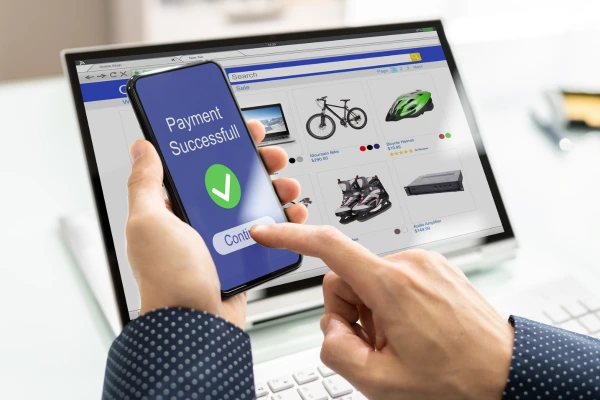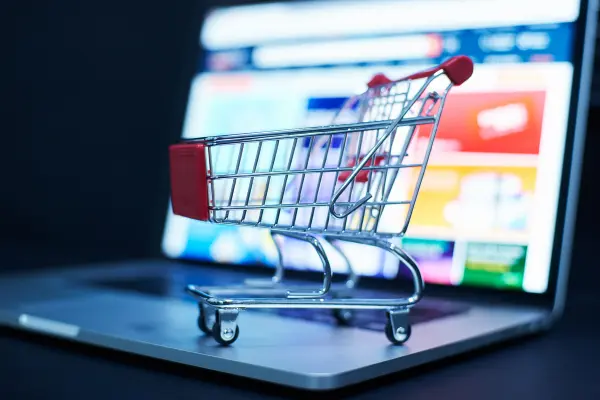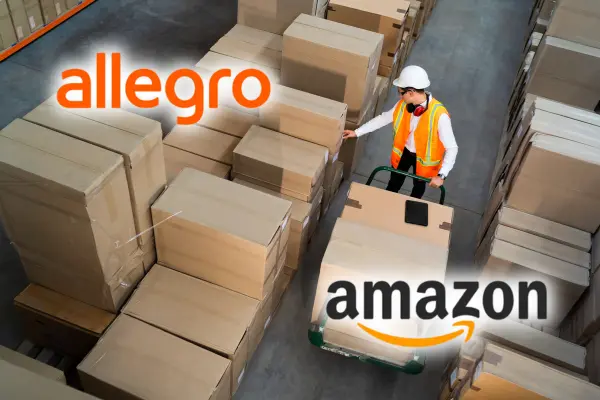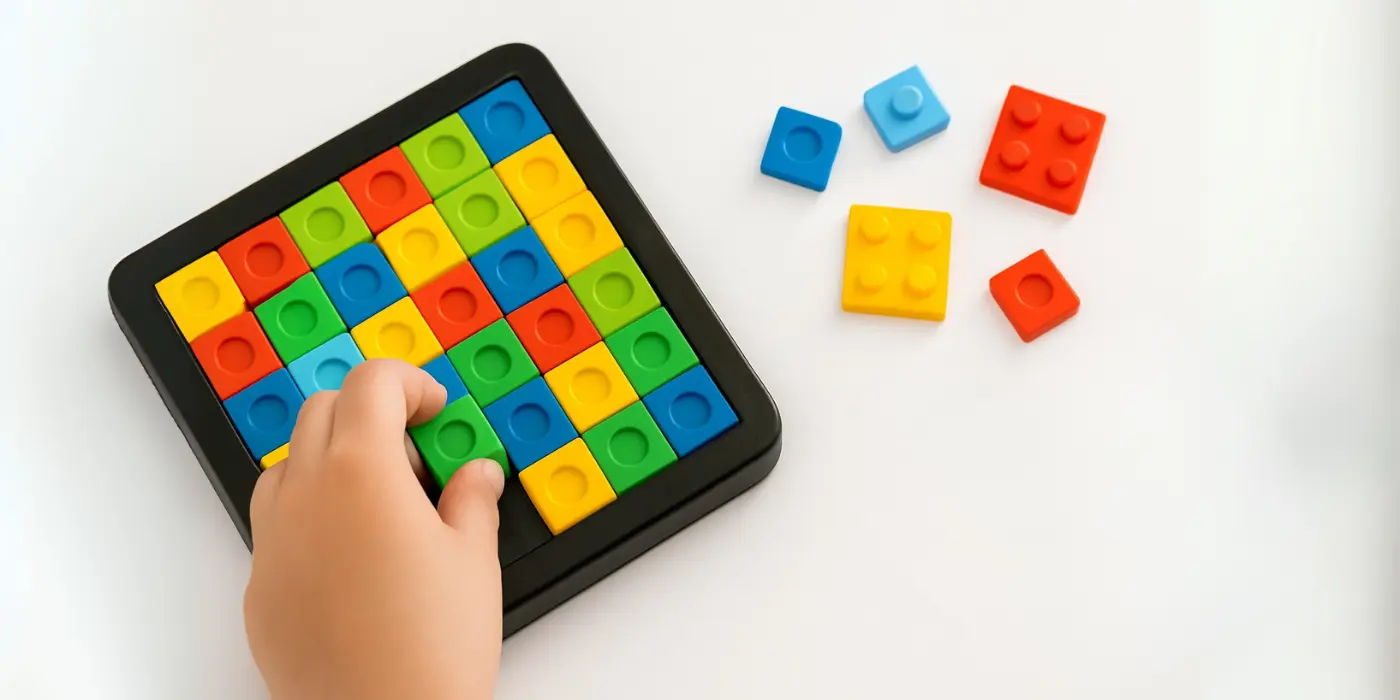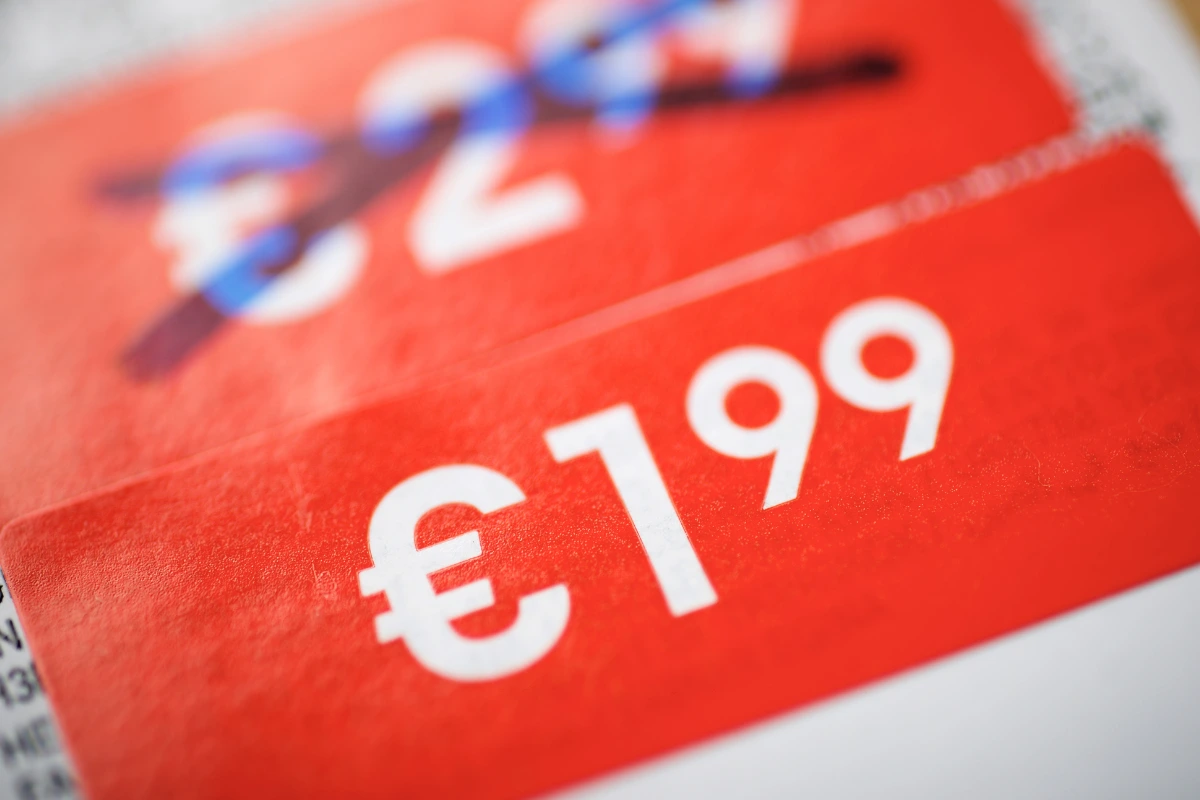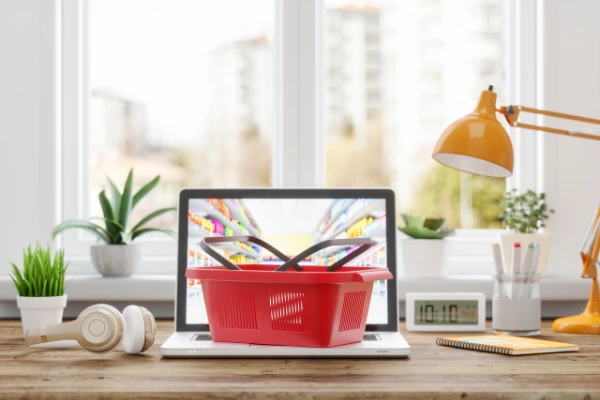For years, we have been hearing that email marketing is becoming obsolete. Meanwhile, statistics do not lie - in 2025, it will still be one of the most effective online sales tools. According to industry reports, every dollar invested in e-mail marketing can bring in tens of dollars in return. Online stores that are able to leverage the potential of e-mail build a loyal community and sell more effectively than competitors who focus exclusively on social media. So how do you write messages that not only reach the inbox, but above all get opened and sell?
Newsletters that are valuable
Newsletters remain the basis of email marketing activities. However, in 2025, it will not be enough to send general promotional messages once a week. Customers expect content tailored to their interests and needs. A good newsletter should not only inform about promotions, but also educate, inspire and build relationships.
If you run a toy store, share ideas for creative play with children. If you sell sports accessories, prepare short training guides. In this way, a newsletter becomes more than just an advertisement - it is a source of value that recipients are happy to return to. And once they trust the brand, they will naturally start buying more often.
Segmentation – the key to effectiveness
The biggest mistake in e-mail marketing is sending the same message to your entire database. In 2025, customers expect personalized communication. Segmentation allows you to divide your audience into smaller groups based on their behavior and preferences.
Someone who has just made a purchase in your store does not need an e-mail with a general offer - a message with recommendations for complementary products will work better. A customer who has not made a purchase in a long time should receive a personalized incentive to return, such as a discount coupon. Segmentation also includes division by age, location or purchase history. The more accurately you tailor your message, the greater the chance that it will be opened and generate sales.
Campaign automation
Manually sending newsletters or individual messages at today's pace of e-commerce is unfeasible. That is why automation plays a key role. Thanks to it, e-mails can reach customers exactly when they are most needed - without constant supervision by the store owner.
In practice, this means, for example, welcome sequences that a new subscriber receives immediately after signing up for a newsletter. These can also be reminders about abandoned shopping carts, reactivation campaigns for inactive customers or automatic birthday messages. In 2025, such activities are standard and the tools to implement them are more accessible than ever.
Artificial intelligence in e-mail marketing
Artificial intelligence is increasingly being used in email marketing. Algorithms can analyze when a given customer most often opens messages and automatically send them at the best possible time. AI also supports content creation - it helps write headlines that increase open rates and personalize message content based on individual recipient behavior.
In practice, this means that mailing becomes more precise and effective. Instead of sending one message to everyone, an online store can prepare a dozen or so variants and let the system match the right message to each recipient.
How to write in order to sell?
Even the best automation and segmentation will be useless if the content of the email is not engaging.
In 2025, the rules of effective communication remain similar: a short, specific subject line, clear and friendly content and a clear call to action. Customers value authenticity - instead of complicated slogans, it's better to use simple language and be honest.
It is also worth remembering about aesthetics. More and more people are opening emails on their smartphones, so the message should be legible on a small screen. Large CTA buttons, a clear layout and attractive graphics can determine whether a customer clicks on a link and makes a purchase.
E-mail marketing in 2025 is no longer simply sending newsletters. It is an advanced communication system based on segmentation, automation and artificial intelligence. Stores that can write messages tailored to the recipient and deliver real value can still count on the high effectiveness of this form of marketing.
Ultimately, mailing is not only a sales tool, but also a way to build relationships. Customers who regularly receive valuable messages from a brand feel more connected to it than to its competitors. And it is loyalty and trust that are the most valuable currency in e-commerce.

